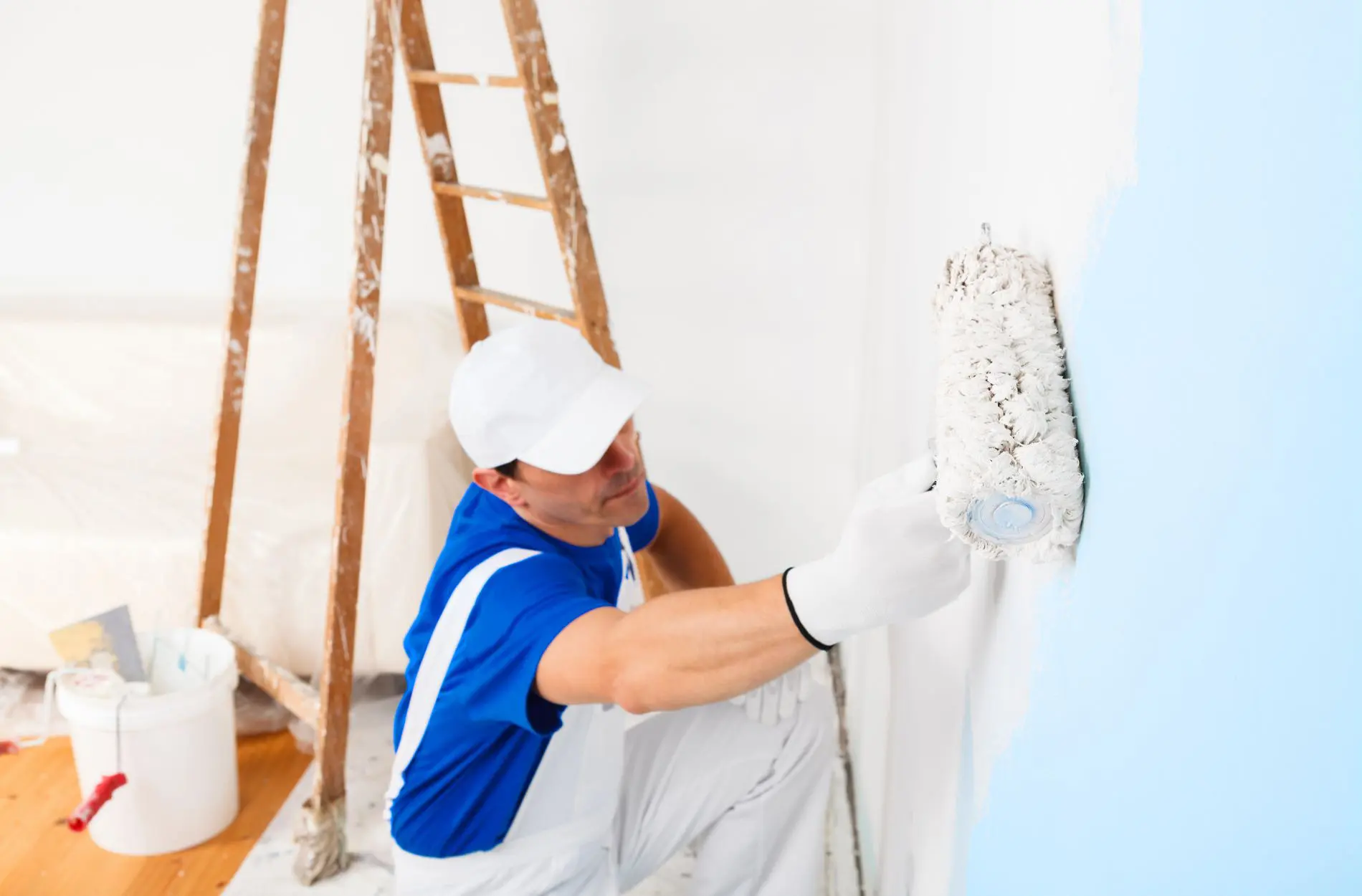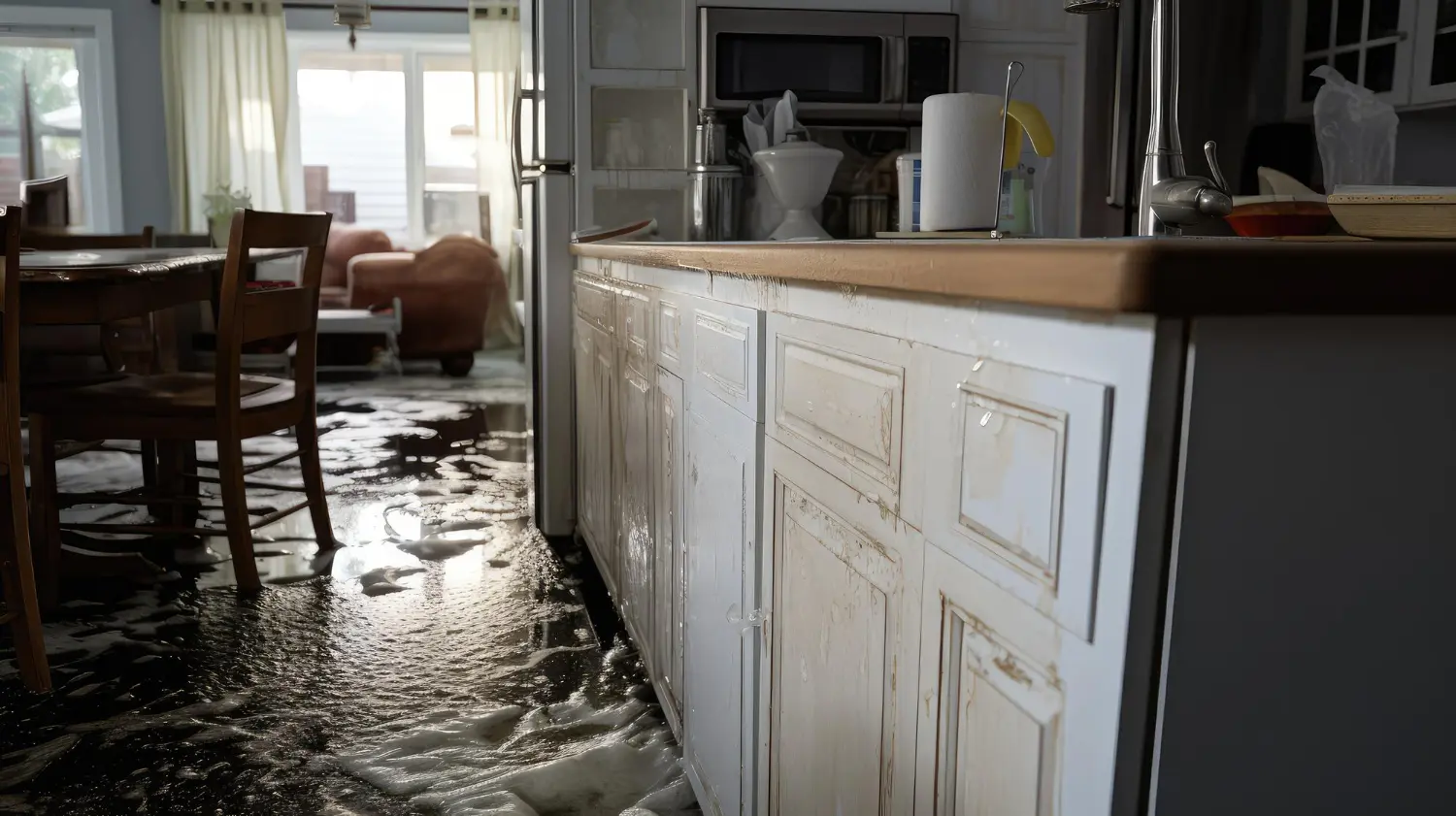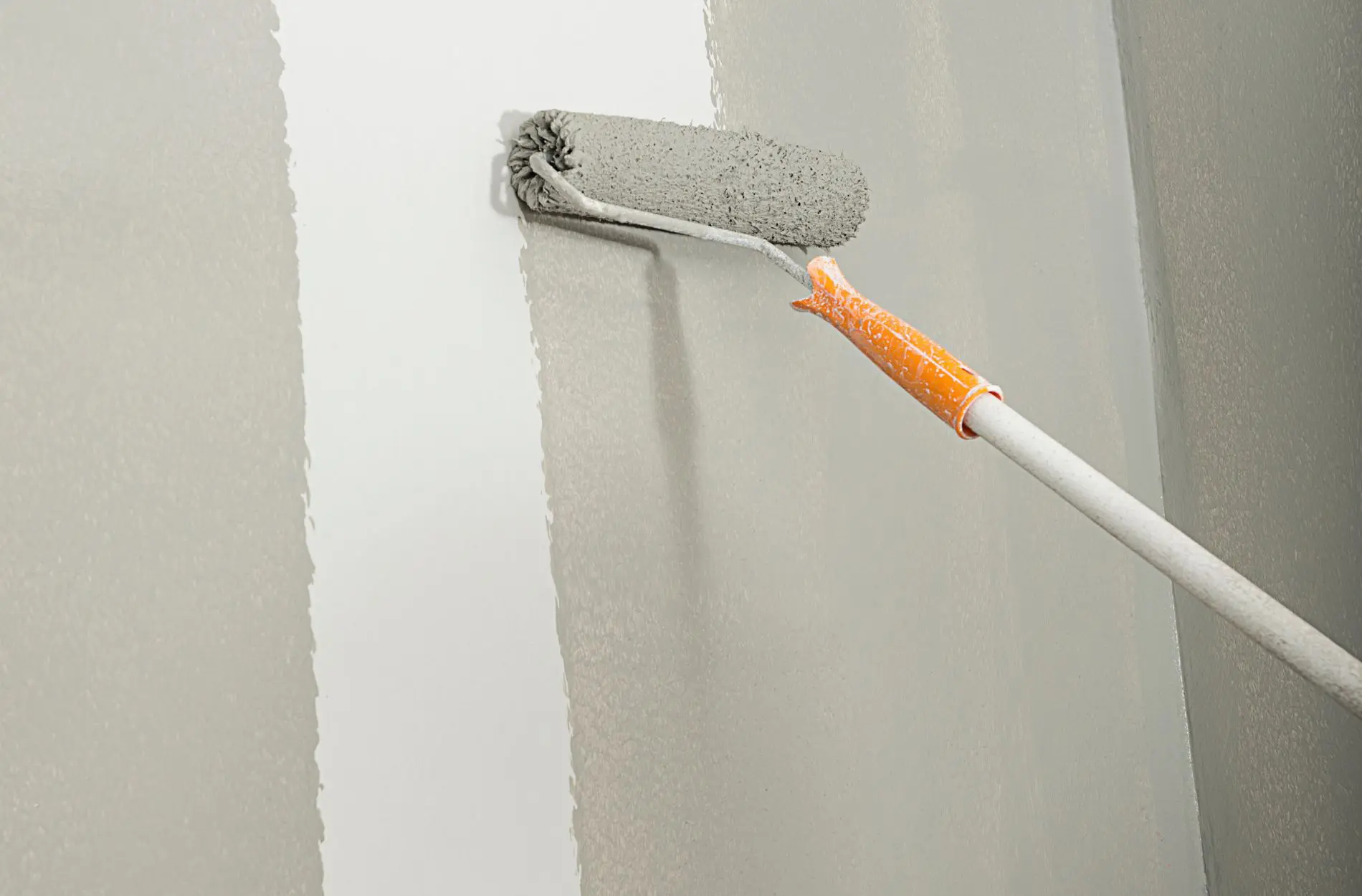Health and Safety Before, During and After Painting

Most people would say that to them, health and safety is always a priority. Indeed, it’s comparatively rare for people to throw caution to the wind and take unnecessary risks. But when it comes to interior painting and decorating, the whole thing can be a surprisingly hazardous business.
Even when simply tackling a few interior surfaces, accidents and injuries can occur at any time. That is, unless the necessary precautions are taken.
Of course, the easiest way to remove risk from the process altogether is to hire help. Rather than tackling the project yourself, it’s worth considering expert involvement. Along with maximizing health and safety for you and your family, bringing in the pros can also save you time and money.

All with the added bonus of flawless results, backed by an extensive warranty for total peace of mind.
If not, it’s important to prioritize health and safety before, during and after your painting project. Here are a few essentials to help you along the way:
Health And Safety Before You Paint
- Always be mindful when choosing paints, ensuring they are the least toxic and hazardous available for interior painting. Selecting low-VOC paints is an absolute must, which you’ll find at most decent stores in Washington, DC, McLean, VA and elsewhere.
- Make sure you read the manufacturer’s guidelines and warnings carefully, before going ahead and using any paints or primers.
- Spray painting can be quick, convenient and economical, but also increases the risk of dangerous inhalation of paint particles and fumes. It is therefore not typically recommended for interior painting.
- If any of the surfaces within your property were last painted more than 20 years ago, they’ll need to be tested for lead before you continue.
- Always wear quality personal protective equipment (PPE) when sanding and preparing surfaces, in order to minimize inhalation risk and protect your eyes.
Health And Safety While You Paint
- Nothing matters more than ventilation, so be sure to keep as many windows and doors open as possible throughout the process.
- Invest in a decent oscillating fan and place it at the center of the room you are painting, in order to improve fresh air circulation.
- Even if you have ensured good ventilation and circulation, you will still need to take regular breaks to ensure you get plenty of fresh air.
- Young children, pets and pregnant women should be kept a safe distance from freshly painted rooms. Again, even if the paint is predominantly nontoxic, it is better to be safe than sorry.
- Avoid using ladders unless there is another responsible person nearby at the time. It’s always good to have someone in the vicinity to lend a hand or raise the alarm, in the event of an accident.
- Ensure that your paint and primer can are closed and sealed tightly when not in use, while at the same time placing your used brushes, rollers and pads etc. in a safe place.
- Eye protection should be considered mandatory, as paint has a habit of splattering all over the place. Even small amounts of paint or primer in your eye could cause severe irritation.
- Be mindful of cables and electronics positioned around the room you are painting, as they have a tendency to be particularly hazardous.
Health And Safety After You Paint
- Follow the manufacturer’s guidelines carefully where curing times and ventilation are concerned. Typically, freshly painted areas should be ventilated for around 2 to 3 days.
- Don’t forget that even when paint looks dry and isn’t emitting a strong or unpleasant smell, it could still be giving off potentially dangerous vapors. Again, young children and pregnant women in particular should stay away from freshly painted areas for at least a few days.
- Make sure you save small quantities of each of the paints you use, but you may need to perform touch-ups and adjustments at a later date.
- Under no circumstances should waste paint, primer and other chemical products be poured down the drain or thrown in the trash. You may need to contact your local council or recycling center, in order to arrange safe and responsible disposal.
If you have any concerns regarding the safety or otherwise of the paint and primers you need, it’s worth directing them at your local retail. Cheaper products of substandard quality typically tend to be the less safe options, though there will always be exceptions at both ends of the scale.
For more information on our interior painting services or to discuss your requirements in more detail, contact a member of the team at Homm CPS anytime.










